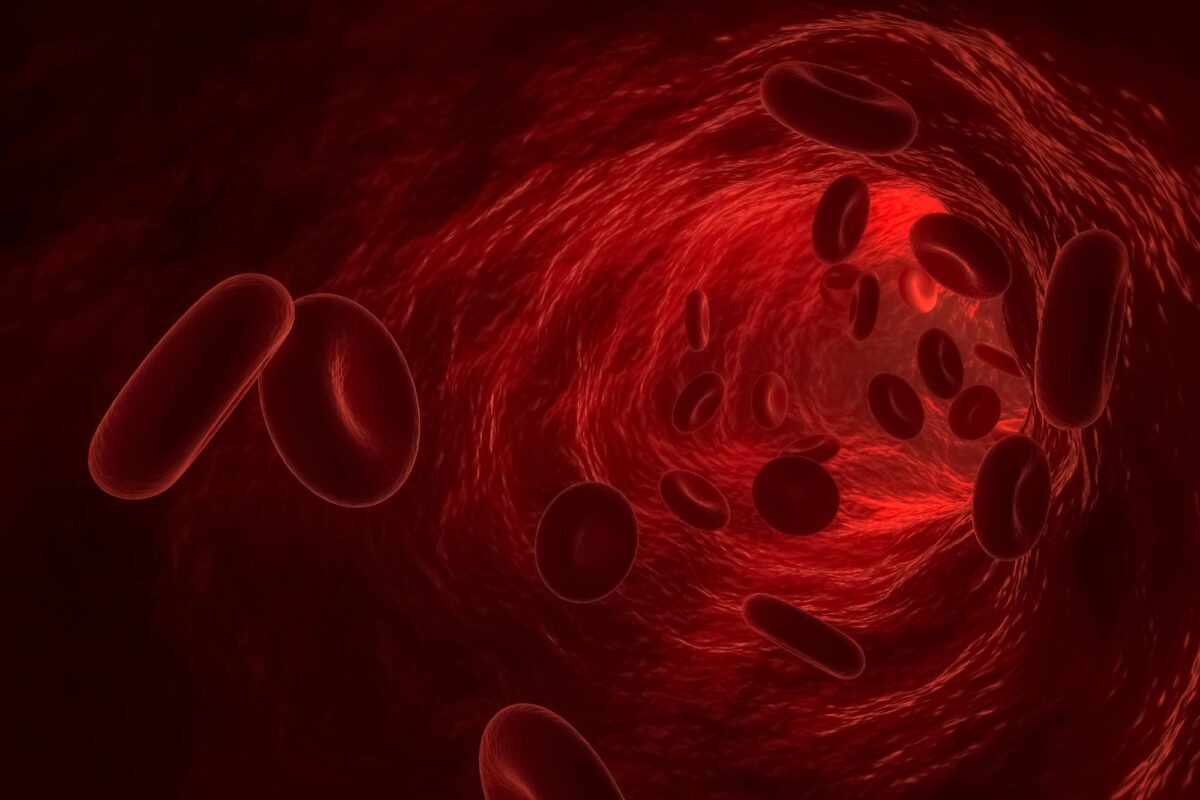Anesthesia Considerations for Porphyria

The complex production of porphyrins in our bodies is highly regulated and essential for survival. An example of a porphyrin is heme, the precursor to critical hemoproteins such as hemoglobin and myoglobin. Porphyrin biosynthesis utilizes many enzymes, and each is responsible for the conversion of a particular intermediate. Because the synthesis of porphyrins is highly controlled and efficient, the buildup of any intermediate could indicate abnormality and result in a set of diseases collectively known as porphyria [1]. Providers must be cognizant of proper precautions and considerations when administering anesthesia to patients with porphyria.
Although there are many ways to classify porphyria, only acute porphyria is of major relevance when it comes to anesthesia considerations. Acute attacks can cause a wide range of symptoms, including abdominal pain, neuromuscular weakness, sensory losses, seizures, and neuropsychiatric manifestations; some of these attacks can become life threatening [2]. The culprit of an acute attack is often an increase in ALA synthetase activity; therefore, any enzyme-inducing drug administered during anesthesia could potentially trigger an attack and should be avoided [3].
The first step to safe anesthesia management is to identify the possibility of porphyria in a patient. Clinicians who suspect patients of porphyria should carefully study patients’ physical examination results and family history. A biochemical analysis of urine and stool is also necessary to detect elevated concentrations of porphyrin intermediates [4]. Patients should also avoid preoperative fasting, as limited calorie intake has been linked with the onset of acute attacks. Most benzodiazepines are safe to use as premedication before anesthetic administration [3].
For regional anesthesia, there is no evidence of any complications or acute attacks being triggered by local anesthetics in patients with porphyria. In a study conducted by Bohrer and Schmidt, researchers concluded that use of local anesthesia with bupivacaine, prilocaine, tetracaine, or procaine are ideal choices for patients with porphyria [5]. In animal models, lidocaine is considered potentially porphyrinogenic, and its use is theoretically unsafe. However, there have been no reported complications when used on human subjects [3].
For general anesthesia, most agents are considered safe, so choice and variety are not an issue for porphyric patients. However, all barbiturates including thiopental are considered unsafe because they are inducers of ALA synthetase. Research shows that “7 out of 10 patients in acute porphyric crisis had their symptoms worsened following induction of anesthesia with thiopental” [6]. It is also difficult to determine the safety of propofol, as experimental results are conflicting in two different animal models. Inhaled agents such as nitrous oxide, halothane, ether, isoflurane, and cyclopropane are reported to be safe. Experimentally, enflurane appears to induce porphyrin synthesis in animal models; however, its use in porphyric patients has been safe. Lastly, analgesic agents including morphine, analogues of morphine, fentanyl, alfentanil, and sufentanil have been utilized with no reported adverse effects [3].
The major concern for clinicians when administering anesthesia to patients with porphyria is the induction of an acute attack. From past research and case studies, a number of anesthetic agents have the potential to increase enzymatic activity that consequently contributes to the onset of an acute crisis. Therefore, providers have the responsibility of following appropriate guidelines and taking the necessary precautions to avoid use of such agents in individuals susceptible to acute porphyria attacks.
References
1. Jensen, Niels F. MD; Fiddler, Daniel S. MD (1995); Striepe, Volker MBBCh, DA, FFA(SA) Anesthetic Considerations in Porphyrias, Anesthesia & Analgesia, 80(3), 591-599. https://journals.lww.com/anesthesia-analgesia/Fulltext/1995/03000/Anesthetic_Considerations_in_Porphyrias.28.aspx
2. Elder GH, Hift RJ, Meissner PN (1997). The acute porphyrias. Lancet. 349: 1613-1617. https://www.thelancet.com/journals/lancet/article/PIIS0140-6736(96)09070-8/fulltext
3. James, M.F.M, Hift, RJ. (2000). Porphyrias. British Journal of Anaesthesia, 85(1), 143-153. https://doi.org/10.1093/bja/85.1.143
4. Ashley EM. Anaesthesia for porphyria. Br J Hosp Med. 1996; 56: 37-42. https://pubmed.ncbi.nlm.nih.gov/8831012/
5. Böhrer H, Schmidt H. Regional anesthesia as anesthetic technique of choice in acute hepatic porphyria. J Clin Anesth. 1992; 4: 259. https://pubmed.ncbi.nlm.nih.gov/1610588/
6. Mustajoki P, Heinonen J. General anesthesia in “inducible” porphyrias. Anesthesiology. 1980; 53: 15-20. https://pubmed.ncbi.nlm.nih.gov/7386903/